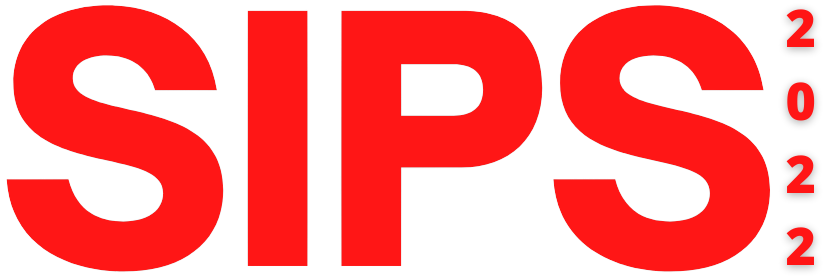ORALS
SESSION:
GeomechanicsWedPM1-R9
| 2nd Intl Symp on Geomechanics & Applications for Sustainable Development |
| Wed. 30 Nov. 2022 / Room: Similan 2 | |
| Session Chairs: Stephane Bordas; Avraam Konstantinidis; Session Monitor: TBA |
14:00: [GeomechanicsWedPM105] OS Plenary
Recent advances in the modelling and simulation of fracture in heterogeneous materials Stephane
Bordas1 ;
1University of Luxembourg, Kirchberg, Luxembourg;
Paper Id: 261
[Abstract] We present recent advances in the modelling and simulation of fracture in heterogeneous materials, either natural, such as geomaterials, or manmade, such as aerospace and energy materials.
We discuss how imaged microstructures can be used to model the macroscopic behaviour of engineering structures used in various areas of engineering.
The main directions discussed include:
- acceleration of multi-scale methods
- machine-learning-enhanced model order reduction
- applications in chemistry, engineering, materials and medicine
- stochastic approaches for uncertainty quantification
We show how recent developments are used in practice and transferred to companies and start-ups and discuss innovation and knowledge transfer in the field of computational methods for engineering and sciences.
SESSION:
GeomechanicsWedPM1-R9
| 2nd Intl Symp on Geomechanics & Applications for Sustainable Development |
| Wed. 30 Nov. 2022 / Room: Similan 2 | |
| Session Chairs: Stephane Bordas; Avraam Konstantinidis; Session Monitor: TBA |
14:25: [GeomechanicsWedPM106] OS Plenary
Recent advances in the modelling and simulation of fracture in heterogeneous materials 1 Stephane
Bordas1 ;
1University of Luxembourg, Kirchberg, Luxembourg;
Paper Id: 296
[Abstract] We present recent advances in the modelling and simulation of fracture in heterogeneous materials, either natural, such as geomaterials, or manmade, such as aerospace and energy materials. We discuss how imaged microstructures can be used to model the macroscopic behaviour of engineering structures used in various areas of engineering. The main directions discussed include: acceleration of multi-scale methods, machine-learning-enhanced model order reduction, applications in chemistry, engineering, materials and medicine, and stochastic approaches for uncertainty quantification. We show how recent developments are used in practice and transferred to companies and start-ups and discuss innovation and knowledge transfer in the field of computational methods for engineering and sciences.
